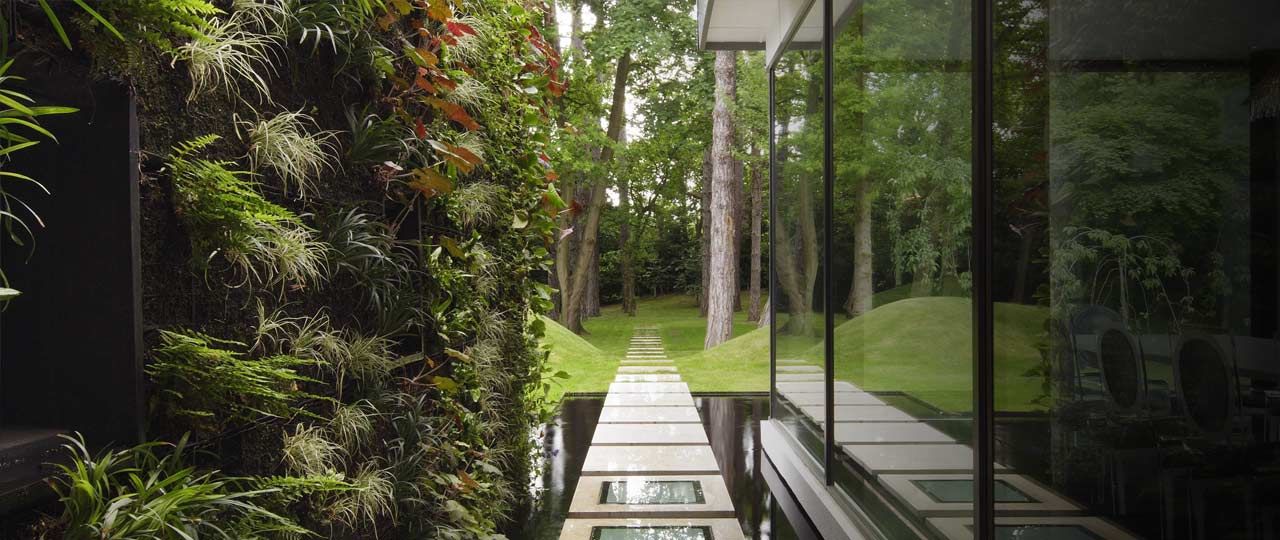
Kate Eales
Head of Regional Residential Agency


Head of Regional Residential Agency
Having a peaceful haven to come home to at the end of the day can provide a balm to the stresses of modern life. We look at how buildings can be designed and decorated to boost mental health at home.
Designing homes for better mental health
Whether you’re building from scratch or refurbishing a property, consider how your design will affect occupants’ health.
Privacy
Cramming as many people as possible into a house may have been economical in your student days, but overcrowded conditions and lack of privacy can heighten anxiety levels.
While open plan living spaces are popular, balancing these with secluded spaces or separate rooms makes sure that every person in a household has their own space. With good design, even studio flats such as this one in Ladbroke Grove can offer plenty of privacy for a couple.
Encourage social interaction
While privacy is important, tower block living can lead to social isolation. In Westgate House, a nine-storey atrium with a 30-metre high living green wall was used as a solution to offer residents a relaxing communal space and act as an acoustic barrier to the busy road outside.
Let light in
Natural light helps ward off depression and improve sleep. Large windows and shallow rooms are ideal for maximising daylight, but rooflights and light tubes are a great option to bring natural light to dark or windowless rooms.
Soundproofing
One of the most stressful aspects of living in a city or apartment can be noise disturbance, whether it’s from sirens, traffic or your neighbours. Good insulation and glazing, and features such as winter gardens can help with soundproofing.
Gardens and exercise space
Exercise releases endorphins that boost our mental health. Having a home gym or spa is a great way in which to relax. Incorporating rooftop food growing or gardening space into developments is popular in London where green roofs provide food for urban honeybees.
Top interiors to improve mental health
Colour psychology is close to any interior designer’s heart. Simply by changing the colour scheme in a room, you can make it feel smaller or larger, or give it a calming or stimulating vibe.
Blue is considered to be the most calming colour, bringing to mind feelings of tranquillity and serenity. Other ‘nature’ colours such as greens, browns and some shades of grey can have a similar effect. In city apartments, using earthy colours, and natural textures such as stonework and wood can be more effective in creating a calming outdoor-inspired environment that having a cramped noisy balcony. This is exemplified at the Hexagon Apartments in Covent Garden.
But brighter colours can also be relaxing, depending on the shade and how it’s used. A yellow room may be overpowering, but a splash of yellow can brighten your mood with thoughts of sunny days and daffodils.
Like songs or smells, we often associate colours with memories or experiences. So, while many people find orange too stimulating, if terracotta walls put you in mind of your favourite Spanish holiday villa, it may be the right colour to help you relax.
5 easy ways to turn your home into a haven